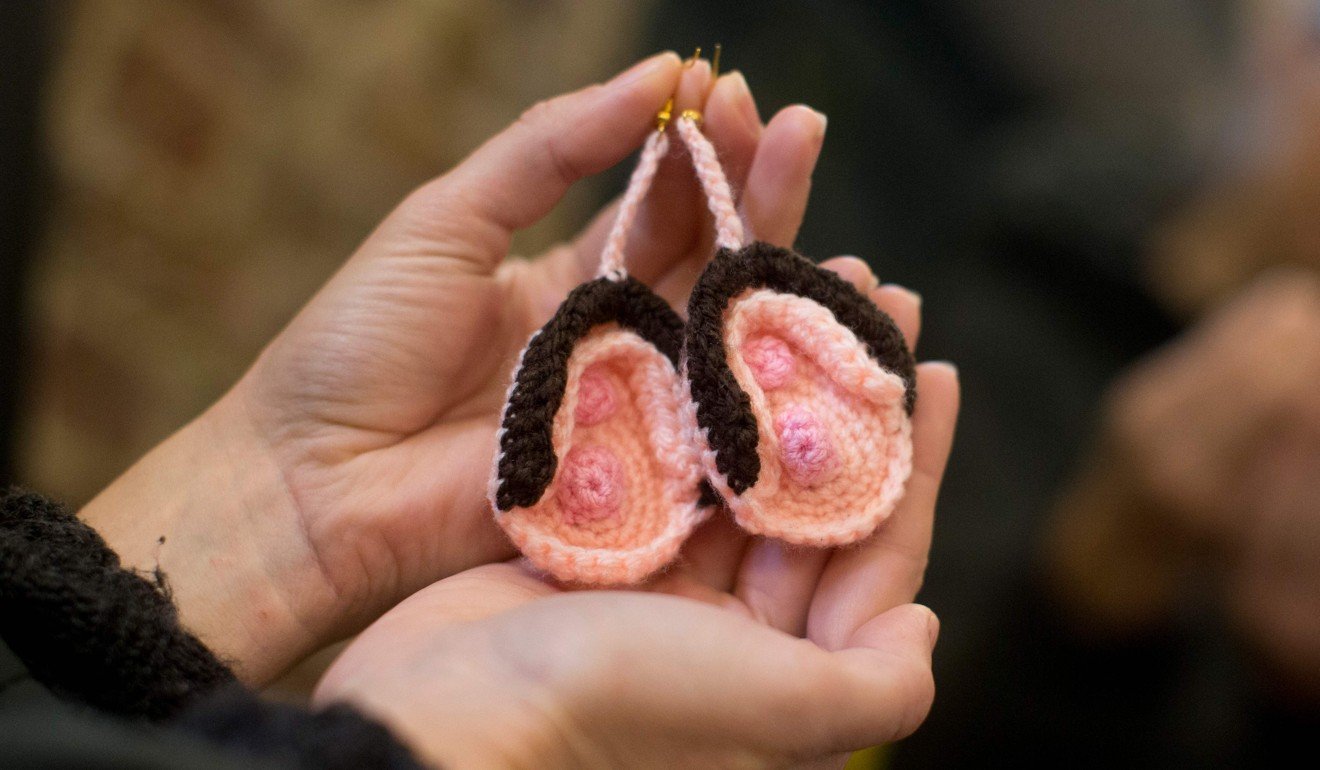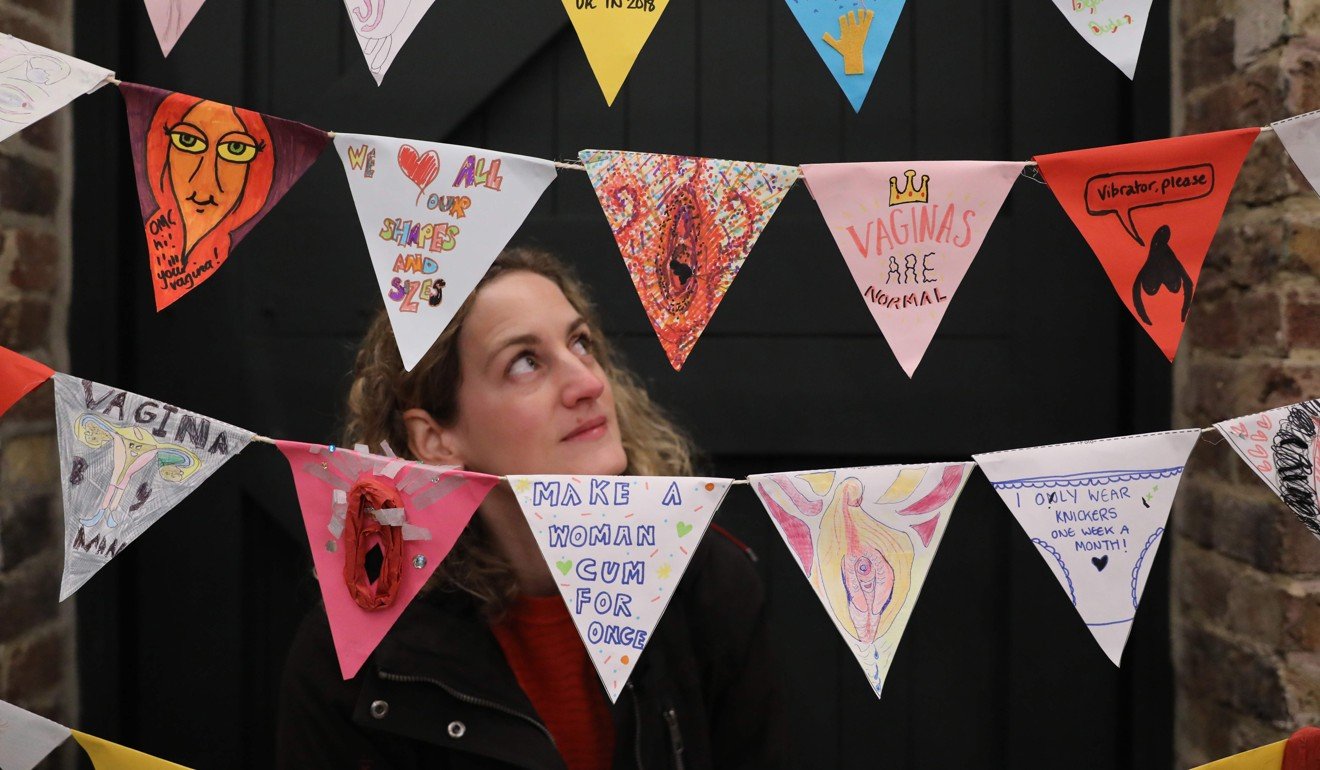
World’s first ‘vagina museum’ to open in London
- Founder Florence Schechter aims to tackle taboos and debunk anatomy myths
- 52 per cent of Britons cannot identify the vagina on a diagram, YouGov poll shows
Reykjavik has its penis museum and starting this weekend London will have a vagina museum – a place to tackle taboos and debunk anatomy myths.
In the heart of Camden, a tourist centre and hub of alternative culture in the north of the British capital, the sign for the “Vagina Museum” on an old barn door attracts a few curious glances.
Nestled among shops selling vintage clothes and souvenirs, it is the world’s first permanent museum dedicated to the subject.
“I found out there was a penis museum and no vagina equivalent, so I made it,” said founder Florence Schechter, a science communicator.

Far from being a cabinet of curiosities, the little museum intends to be instructive, with its first goal to expose myths concerning the vagina.
Claims displayed and then debunked include “if you use a tampon you are no longer a virgin”; “periods are dirty”; and “the clitoris is impossible to find”.
For Schechter, who has already organised three temporary exhibitions on the same theme, the goal is not just to educate and address self-image issues but also to improve public health.
A survey by a British campaign organisation last year revealed that a quarter of those polled avoided smear tests for cervical cancer – half because they were uncomfortable with the procedure.
‘Queen’s vagina’ sculpture at Versailles is defaced with anti-Semitic graffiti
“People are literally dying of embarrassment because things like cervical cancer aren’t being picked up quick enough,” Schechter said.
Another study by the polling company YouGov earlier this year indicated that 52 per cent of Britons could not identify the vagina on a diagram.
The same study also found that almost half of the participants were unaware they should not wash inside their vagina, to avoid a risk of infection.
A questionnaire at the start of the museum calls on visitors to test their knowledge.

One section is dedicated to hygiene, with commercial products sold as “virginity soaps” or creams claiming to tighten the vagina.
“These products are perpetuating the idea to people with vaginas that what they have is not good enough,” said museum curator Sarah Creed.
The museum tries to normalise periods and make them things of beauty, such as with a sculpture of a tampon on which blood is replaced with glittering red sequins.
Less glamorous is the underwear stained with vaginal discharge, framed on the wall in an attempt to show what is normal.
Artist says her vagina creations confront a Japanese taboo
“This is how much I feel about it. This is my bleached underwear, I put it in a frame to tell you this is fine. Sorry, mum!” said Creed.
Ahead of the opening on Saturday, the museum held a number of events that organisers said drew a diverse crowd aged from two to 98.
Schechter said she expects to attract more visitors than she might have a few years ago, before the #MeToo movement put a new spotlight on gender issues and discrimination.

Some local residents are worried about the licence the museum has to sell alcohol, fearing drunken groups of young people attending.
But visitors hoping for something steamy risk being disappointed, as the museum is more educational than titillating.
They could however console themselves with the gift shop, which offers earrings in the shape of vulvas or postcards proclaiming “Viva La Vulva”.

.png?itok=arIb17P0)